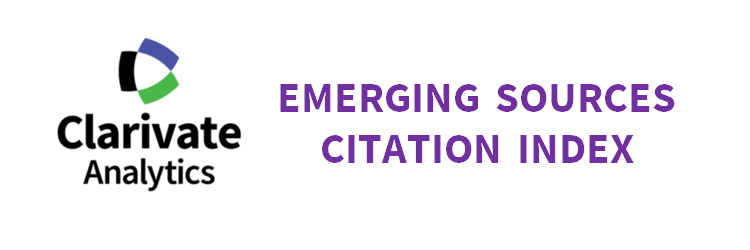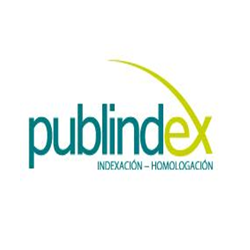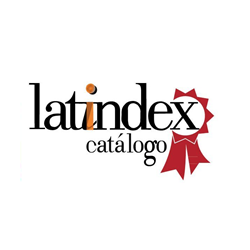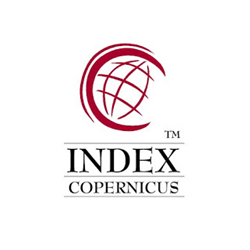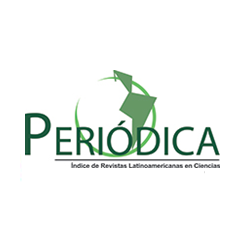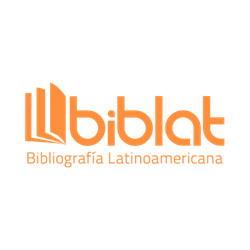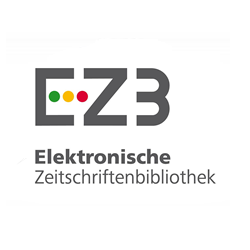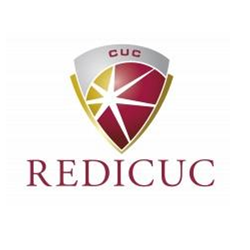Acondicionador Unificado de Calidad de la Potencia en Topología Dual iUPQC para Compensación Activa de Sobretensiones Transitorias
DOI:
https://doi.org/10.17981/ingecuc.13.2.2017.12Palabras clave:
Acondicionador unificado de calidad de la potencia, compensador de potencia serie, compensador de potencia paraleloResumen
Introducción: Los acondicionadores unificados de calidad de la potencia UPQC permiten corregir, en los sistemas eléctricos, distorsiones de la forma de onda en estado estable, como los armónicos o el parpadeo, así como el factor de potencia.
Objetivo: Este artículo presenta un nuevo concepto de compensación activa de sobretensiones transitorias por medio de un UPQC en topología dual.
Metodología: El estudio se presenta en cinco etapas: en la sección I, se realiza la introducción y el estado del arte; en la sección II, se presenta el acondicionador unificado de calidad de la potencia UPQC; en la sección III, se describe la teoría de la potencia reactiva generalizada aplicada al iUPQC (topología dual); en la sección IV, se muestran las simulaciones y resultados; y en la sección V, se presentan las conclusiones.
Resultados: Se demuestra la aplicabilidad del iUPQC a la compensación de sobretensiones transitorias y se comparan los resultados con la teoría más representativa en compensación de armónicos y factor de potencia.
Conclusiones: El algoritmo de control propuesto para el acondicionador unificado de calidad de la potencia en topología dual permite compensar las sobretensiones transitorias en sistemas eléctricos trifásicos al tiempo que permite corregir armónicos en tensión y corriente, así como el factor de potencia.
Descargas
Citas
[2] J. L. Strack, J. A. Suárez, G. F. Di Mauro, and S. B. Jacob, “Impact of Efficient Residential Lighting on Power Quality of a Distribution Network,” Inge Cuc, vol. 10, n° 2, pp. 9-19, Dec, 2014.
[3] J. L. Dura´n-Go´mez and P. N. Enjeti. A new approach to mitigate nuisance tripping of PWM ASDs due to utility capacitor switching transients (CSTs), IEEE Transactions on Power Electronics, vol. 17, no. 5, pp. 799-806, 2002. https://doi.org/10.1109/TPEL.2002.802198
[4] D. A. Acevedo, G. G. Chacón, and F. Santamaría, “Methodology for Measuring Transient Overvoltage Parameters in 11.4 kV Distribution Networks,” Inge Cuc, vol. 12, N° 1, pp. 65-72, June, 2016.
[5] J. Fei, T. Li, F. Wang, and W. Juan, “A Novel Sliding Mode Control Technique for Indirect Current Controlled Active Power Filter,” Mathematical Problems in Engineering, vol. 2012, Article ID 549782, 18 pages, 2012.
[6] J. Fei and S. Hou, “Adaptive Fuzzy Control with Supervisory Compensator for Three-Phase Active Power Filter,” Journal of Applied Mathematics, vol. 2012, Article ID 654937, 13 pages, 2012.
[7] S. S. Patnaik and A. Kumar Panda, “Particle Swarm Optimization and Bacterial Foraging Optimization Techniques for Optimal Current Harmonic Mitigation by Employing Active Power Filter,” Applied Computational Intelligence and Soft Computing, vol. 2012, Article ID 897127, 10 pages, 2012.
[8] Z. Chelli, R. Toufouti, A. Omeiri, and S. Saad, “Hysteresis Control for Shunt Active Power Filter under Unbalanced Three-Phase Load Conditions,” Journal of Electrical and Computer Engineering, vol. 2015, Article ID 391040, 9 pages, 2015.
[9] S. Abbas Taher and S. Ahmadreza Afsari, “Optimal Location and Sizing of UPQC in Distribution Networks Using Differential Evolution Algorithm,” Mathematical Problems in Engineering, vol. 2012, Article ID 838629, 20 pages, 2012.
[10] Rajasekaran Dharmalingam, Subhransu Sekhar Dash, Karthikrajan Senthilnathan, Arun Bhaskar Mayilvaganan, and Subramani Chinnamuthu, “Power Quality Improvement by Unified Power Quality Conditioner Based on CSC Topology Using Synchronous Reference Frame Theory,” The Scientific World Journal, vol. 2014, Article ID 391975, 7 pages, 2014.
[11] J. C. Das, Transients in electrical systems: analysis, recognition, and mitigation. McGraw Hill Professional, 2010.
[12] M. Aredes and R. M. Fernandes, “A unified power quality conditioner with voltage SAG/SWELL compensation capability,” Power Electronics Conference, 2009, COBEP, pp. 218-224, Sept. 27, 2009-Oct. 1, 2009.
[13] B.W. Franca and M. Aredes, “Comparisons between the UPQC and its dual topology (iUPQC) in dynamic response and steady-state,” IECON 2011 - 37th Annual Conference on IEEE Industrial Electronics Society, pp. 1232-1237, 7-10 Nov. 2011.
[14] R. J. Millnitz dos Santos, M. Mezaroba, and J. C. da Cunha, “A dual unified power quality conditioner using a simplified control technique,” Power Electronics Conference (COBEP), pp. 486-493, 11-15 Sept., 2011. https://doi.org/10.1109/COBEP.2011.6085271
[15] N. Mohan. First course on power electronics and drives, Mnpere, 2003.
[16] P. Salmerón and R. S. Herrera, “Instantaneous reactive power theory—A general approach to poly-phase systems,” Electric Power Systems Research, vol. 79, no. 9, pp. 1263- 1270, September 2009, ISSN 0378-7796.
[17] R.S. Herrera, P. Salmeron, J. R. Vazquez, and S.P. Litran, “Instantaneous Reactive Power Theory to N Wire Systems,” ISIE 2007. IEEE International Symposium on Industrial Electronics, pp. 2457-2462, 4-7 June, 2007.
[18] A. J. Ustariz, E. Cano Plata, and H. E. Tacca, “Instantaneous power tensor theory: improvement and assessment of the electric power quality,” 14th on International Conference on Harmonics and Quality of Power (ICHQP), pp. 1-6, 26-29 Sept., 2010.
[19] A. J. Ustariz, E. A. Cano, and H. E. Tacca, “Tensor analysis of the instantaneous power in electrical networks,” Electric Power Systems Research, vol. 80, no. 7, pp. 788-798, July 2010, ISSN 0378-7796.
[20] Guo Xiao-Qiang, Wei-Yang Wu, and He-Rong Gu, “Phase locked loop and synchronization methods for grid-interfaced converters: a review,” Przeglad Elektrotechniczny, vol. 87, no. 4, pp. 182-187, 2011.
[21] M. F. Iizarry-Silvestrini and T. E. Vélez-Sepúlveda, “Mitigation of Back-to-Back Capacitor Switching Transients on Distribution Circuits,” in Department of Electrical and Computer Engineering, University of Puerto Rico, 2006.
Descargas
Archivos adicionales
Publicado
Cómo citar
Número
Sección
Licencia
Los artículos publicados son de exclusiva responsabilidad de sus autores y no reflejan necesariamente las opiniones del comité editorial.
La Revista INGE CUC respeta los derechos morales de sus autores, los cuales ceden al comité editorial los derechos patrimoniales del material publicado. A su vez, los autores informan que el presente trabajo es inédito y no ha sido publicado anteriormente.
Todos los artículos están bajo una Licencia Creative Commons Atribución-NoComercial-SinDerivadas 4.0 Internacional.



 English
English
 Español (España)
Español (España)
